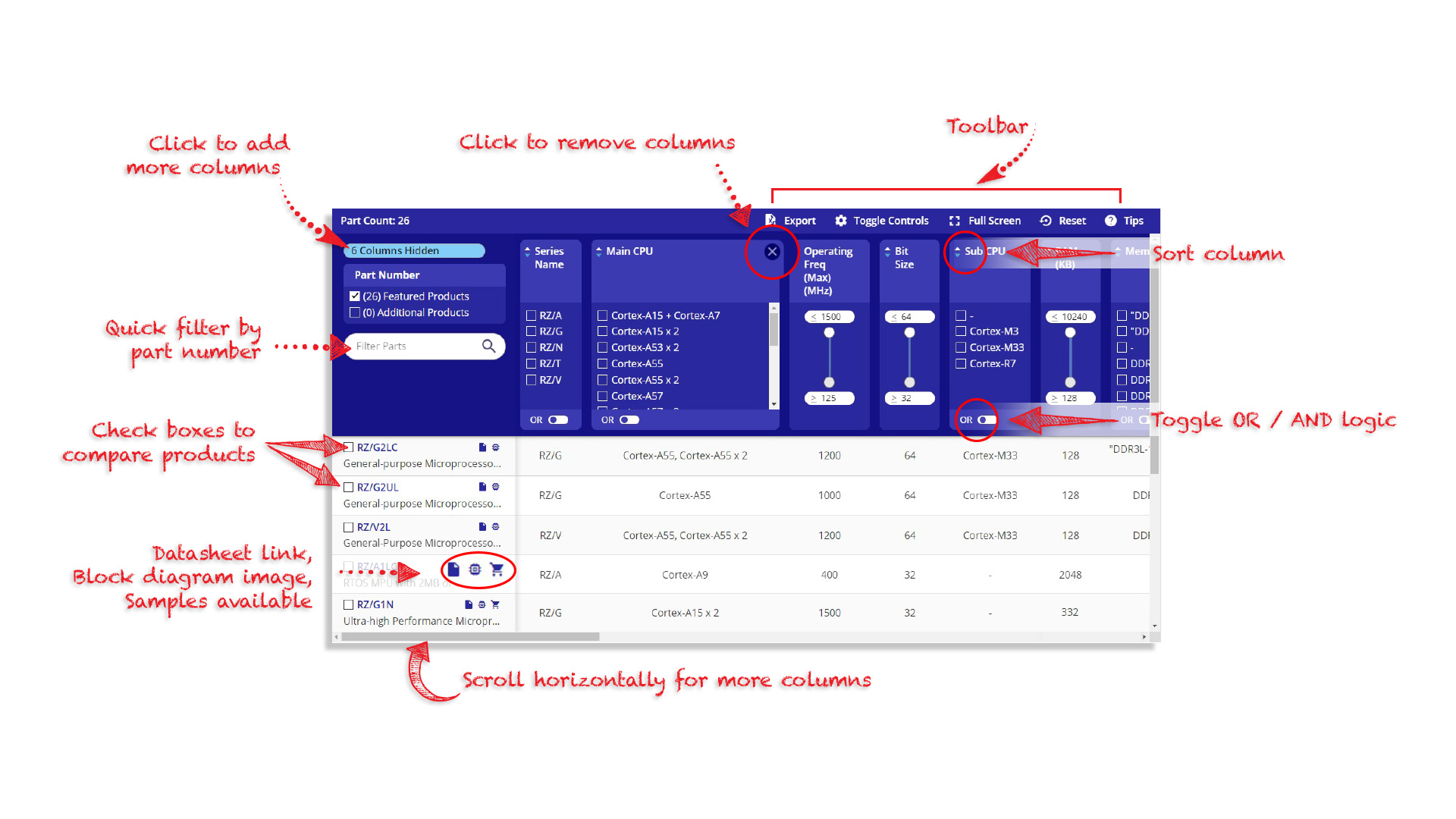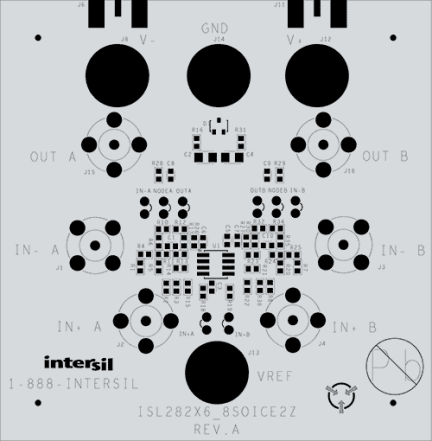-
-
设计资源
- 设计和开发
- 特色设计工具
- 合作伙伴
- 内容和培训
ISL28213SOICEVAL2Z
circle有效可提供样片Dual General Purpose Micropower, RRIO Op Amps in SOIC Packages Evaluation Board
概览
简介
The ISL28213SOICEVAL2Z evaluation board is a design platform containing all the circuitry needed to characterize critical performance parameters of the ISL28213 operational amplifier, using a variety of user-defined test circuits.
The ISL28213SOICEVAL2Z is designed to enable the IC to operate from a single supply, +2.4DC to +5.5DC or from split supplies, ±1.2DC to ±2.75V. The board is configured for a dual op amp connected for differential input with a closed loop gain of 10. A single external reference voltage (VREF) pin and provisions for a user-selectable voltage divider - filter are included.
The ISL28213 CMOS operational amplifiers feature low power consumption, low input bias current, and rail-to-rail input and output drive capability. They are designed to operate with a single lithium cell or two NiCd batteries.
特性
- Single supply operation: +2.4VDC to +5.5VDC
- Dual supply operation: ±1.2VDC to ±2.75V
- Configured for a dual op amp connected for differential input with a closed loop gain of 10
- Includes a single external reference voltage (VREF) pin and provisions for a user-selectable voltage divider - filter
应用
应用
- Power supply control/regulation
- Process control
- Signal gain/buffers
- Active filters
- Current shunt sensing
- Transimpedance amps
相关产品
设计和开发
软件与工具
产品选择

Tips for Using This Parametric Table:
- Hide Filters button in header: Collapse or expands filters
- Column sort buttons in header: Sort Column alphabetically / numerically descending or ascending
- Reset button in header: Reset all filters to the page default
- Full Screen button in header: Expand the table to full screen view (user must close out of full screen before they can interact with rest of page)
- Export button in header: Export the filtered results of the table to an Excel document
- Filter parts search bar in header: Type to filter table results by part number
- Hide column button in column headers: Select to hide columns in table
- AND / OR toggle switches in header: Toggles the logic of this particular filter to be “AND” or “OR” logic for filtering results
- Multiselect checkboxes at beginning of each row in table: Select these checkboxes to compare products against each other
- Document icon next to product name in row: View the featured document for this product
- Chip icon next to the right of the document icon in row: View the block diagram for this product
- Cart icon to the right of the chip icon: Indicates that samples are available for this product
